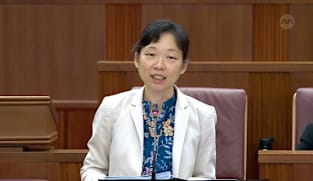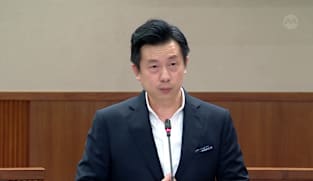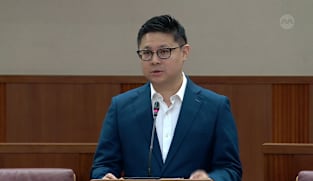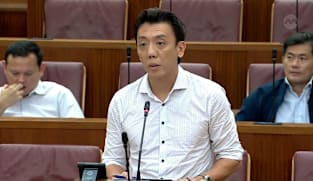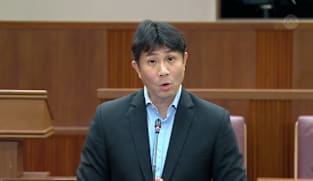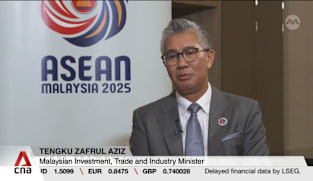Committee of Supply 2023 debate, Day 5: Indranee Rajah on transforming Singapore into a City in Nature
Singapore’s transformation into a City in Nature is proceeding apace, with new green spaces being established and existing ones being enhanced and made more inclusive. For instance, there are currently 10 therapeutic gardens with 20 more to be added by the end of this decade. Nature is being restored into the urban landscape with around 155 hectares of skyrise greenery and the number of trees in industrial estates being more than doubled in the past two years. Connectivity between green spaces is being strengthened, with 180 kilometres of nature ways and 375 kilometres of park connectors now complete. Singapore is on track for all households to be within a 10-minute walk of a park by 2030. The country has also crossed the three-quarter mark of its 2030 species recovery target and has raised its goal of restoring forest, coastal and marine habitats to 80 hectares by 2030. All these details were given by Second Minister for National Development Indranee Rajah in Parliament on Thursday (Mar 2). She also elaborated on R&D efforts in the area of urban sustainability. On the rejuvenation of HDB estates, Ms Indranee said all flats more than 30 years old would have been upgraded or will be selected for the Home Improvement Programme (HIP) by 2030, subject to the Government’s fiscal position. To optimise space at void decks, HDB plans to install 40,000 dual bicycle racks in 23 existing HDB towns by 2025. Touching on the Master Plan Review mapping out land use strategies for the next 10 to 15 years, Ms Indranee said the focus will be on creating liveable towns for all, including seniors, children and people with disabilities; and working within Singapore’s land and resource constraints, such as by recycling brownfield sites and optimising underground space.
Singapore’s transformation into a City in Nature is proceeding apace, with new green spaces being established and existing ones being enhanced and made more inclusive. For instance, there are currently 10 therapeutic gardens with 20 more to be added by the end of this decade. Nature is being restored into the urban landscape with around 155 hectares of skyrise greenery and the number of trees in industrial estates being more than doubled in the past two years. Connectivity between green spaces is being strengthened, with 180 kilometres of nature ways and 375 kilometres of park connectors now complete. Singapore is on track for all households to be within a 10-minute walk of a park by 2030. The country has also crossed the three-quarter mark of its 2030 species recovery target and has raised its goal of restoring forest, coastal and marine habitats to 80 hectares by 2030. All these details were given by Second Minister for National Development Indranee Rajah in Parliament on Thursday (Mar 2). She also elaborated on R&D efforts in the area of urban sustainability. On the rejuvenation of HDB estates, Ms Indranee said all flats more than 30 years old would have been upgraded or will be selected for the Home Improvement Programme (HIP) by 2030, subject to the Government’s fiscal position. To optimise space at void decks, HDB plans to install 40,000 dual bicycle racks in 23 existing HDB towns by 2025. Touching on the Master Plan Review mapping out land use strategies for the next 10 to 15 years, Ms Indranee said the focus will be on creating liveable towns for all, including seniors, children and people with disabilities; and working within Singapore’s land and resource constraints, such as by recycling brownfield sites and optimising underground space.








